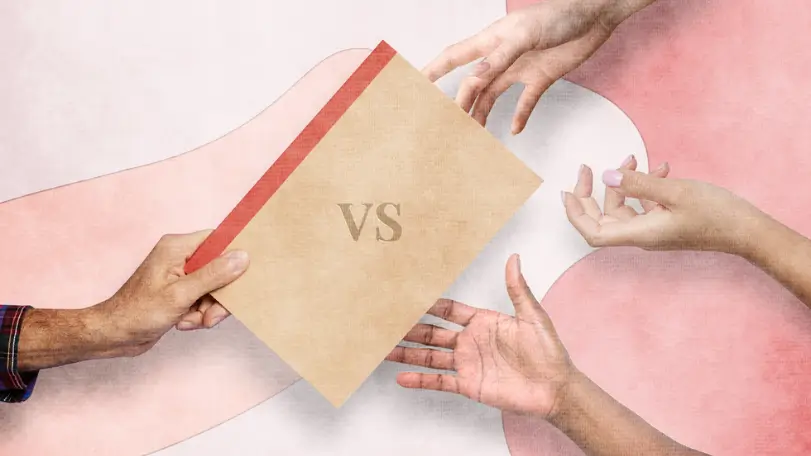For many writers, one of the biggest decisions comes after finishing a manuscript: should you self-publish or pursue a traditional publishing deal? This choice will shape your career, your creative freedom, your earnings, and even how readers perceive your work. In today’s rapidly evolving book market, both paths offer unique advantages and significant drawbacks. Let’s explore each in detail so you can make the best choice for your goals.
What is Self-Publishing?
Self-publishing means you, the author, take full control of the publishing process. From editing and cover design to formatting, marketing, and distribution—you handle it all, often with the help of freelance professionals or platforms like Amazon KDP, IngramSpark, and Draft2Digital.
Pros of Self-Publishing
1. Full Creative Control
Every decision is yours. You choose the cover, the title, the interior design, and even the pricing. No gatekeepers stand in your way.
2. Faster Time to Market
Unlike traditional publishing, which can take 1–3 years, self-publishing allows you to release your book in weeks or even days.
3. Higher Royalties
Most self-publishing platforms offer between 35–70% royalties per sale, far higher than the 5–15% offered by traditional publishers.
4. Global Distribution
Amazon and other platforms give you instant access to readers worldwide, often with no upfront distribution cost.
Cons of Self-Publishing
1. Upfront Investment
Professional editing, cover design, and marketing are crucial—and they cost money. A quality self-published book may require $1,000–$5,000 in investment.
2. Marketing Challenges
Without a publisher’s network, promotion falls entirely on you. Authors without a platform often struggle to gain visibility.
3. Stigma & Credibility Issues
Though this is changing, some readers, bookstores, and media outlets still see self-published books as less professional.
What is Traditional Publishing?
Traditional publishing involves signing a contract with a publishing house. The publisher invests in editing, cover design, printing, distribution, and some marketing. Authors usually need an agent to secure a deal.
Pros of Traditional Publishing
1. Prestige and Validation
Having a recognized publisher back your work adds credibility and industry respect.
2. Professional Support
A full team—editors, designers, marketers, and distributors—works to polish and promote your book.
3. Wide Distribution Channels
Traditional publishers have access to bookstores, libraries, and literary prizes that self-published authors often struggle to enter.
4. Advance Payments
Many publishers offer an advance against royalties, giving authors upfront income.
Cons of Traditional Publishing
1. Low Royalties
Royalties typically range from 5–15%. For an eBook priced at $10, an author might only earn $1.
2. Loss of Creative Control
Publishers may alter titles, covers, or even story elements to fit market trends.
3. Lengthy Process
Finding an agent, submitting manuscripts, and waiting for a publisher’s decision can take years. After acceptance, the publishing process itself may take another 12–24 months.
4. Higher Rejection Rates
Traditional publishing is highly competitive. Most manuscripts never make it past the slush pile.
Hybrid Publishing: The Middle Ground
Hybrid publishing blends both worlds. Authors often invest financially but also receive professional services from the publisher. While some hybrid publishers are legitimate, others are simply vanity presses in disguise, charging high fees with little return. Authors must carefully vet these companies.
Key Differences at a Glance
| Factor | Self-Publishing | Traditional Publishing |
|---|---|---|
| Control | 100% in your hands | Publisher decides many details |
| Royalties | 35–70% | 5–15% |
| Upfront Costs | Author-funded | Publisher-funded |
| Time to Publish | Weeks to months | 1–3 years |
| Marketing | Author-driven | Shared but still author-heavy |
| Distribution | Online platforms, limited stores | Bookstores, libraries, global |
Common Myths
- “Self-publishing is free.” In reality, producing a professional book requires investment.
- “Traditional publishers handle all marketing.” Authors are still expected to build platforms and promote heavily.
- “Self-publishing isn’t respected.” Many bestselling authors today, such as Andy Weir (The Martian), began by self-publishing.
Which Path Should You Choose?
- Choose Self-Publishing if: You want full control, faster publication, and higher royalties, and are willing to invest in professional services.
- Choose Traditional Publishing if: You value prestige, access to bookstores, and don’t mind waiting longer with lower royalties.
- Consider Hybrid Publishing if: You want some professional support but are cautious—research the publisher carefully before signing.
Final Thought
There’s no one-size-fits-all answer. Some authors thrive in the independence of self-publishing, while others prefer the credibility of a traditional deal. The key is to understand the trade-offs and align your choice with your long-term goals. Whether you go solo or sign with a publisher, protecting your rights and ensuring your book reaches readers should remain your top priority.

